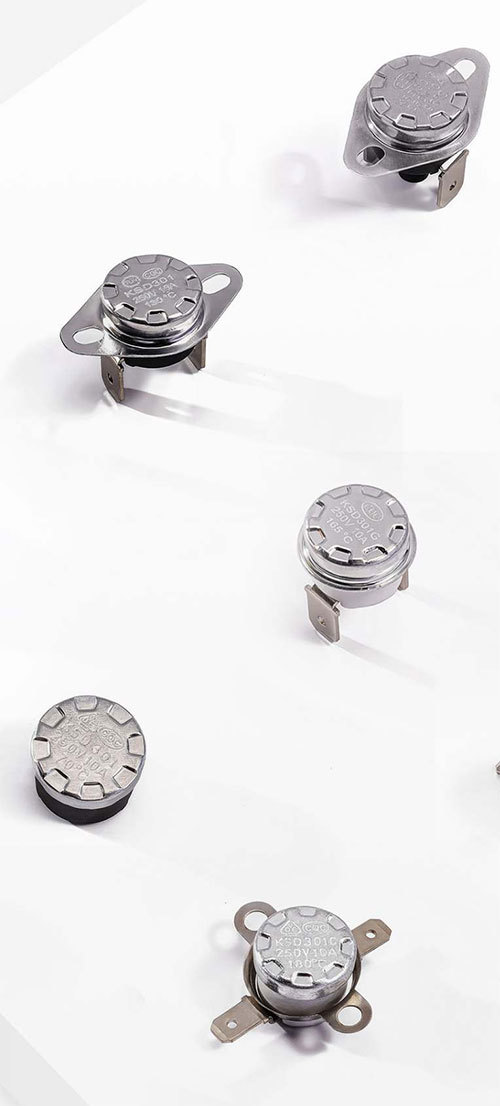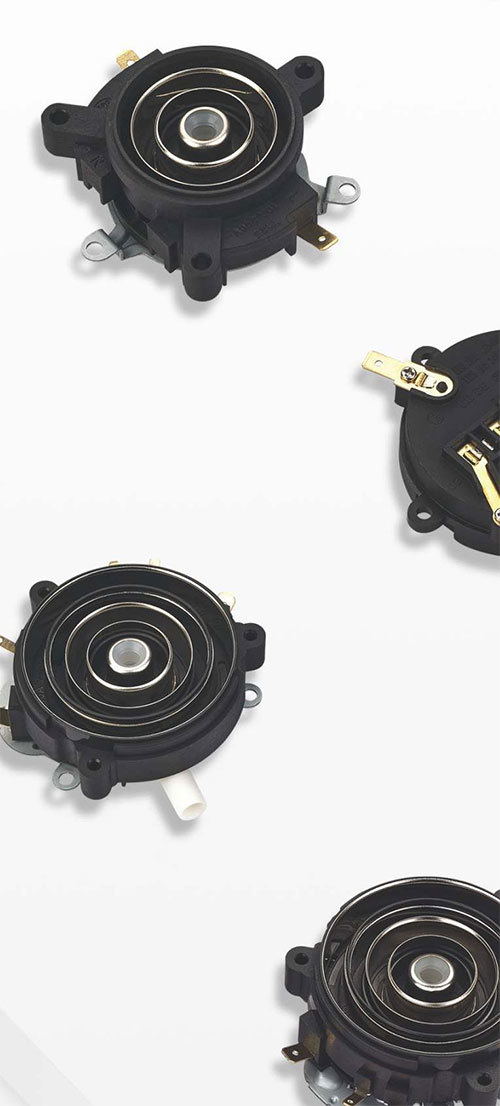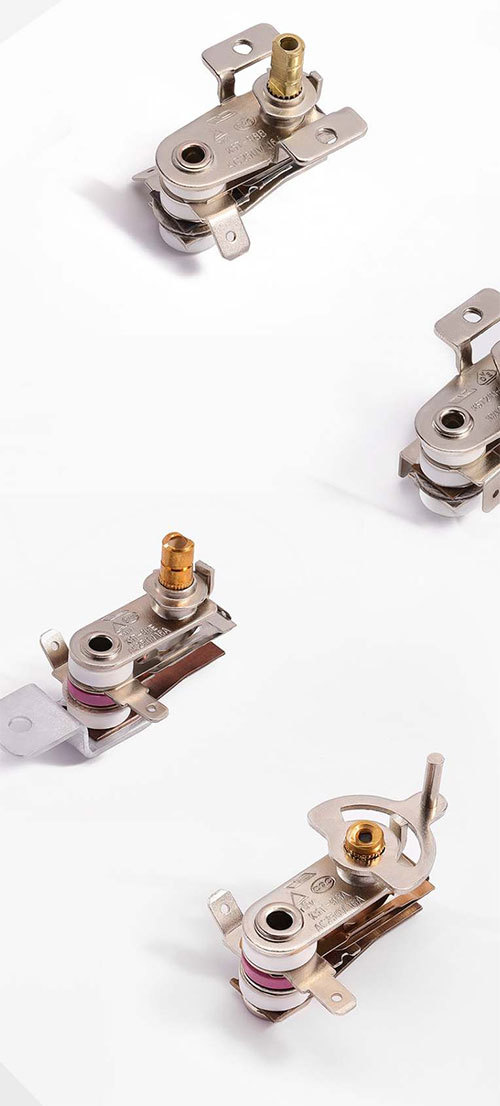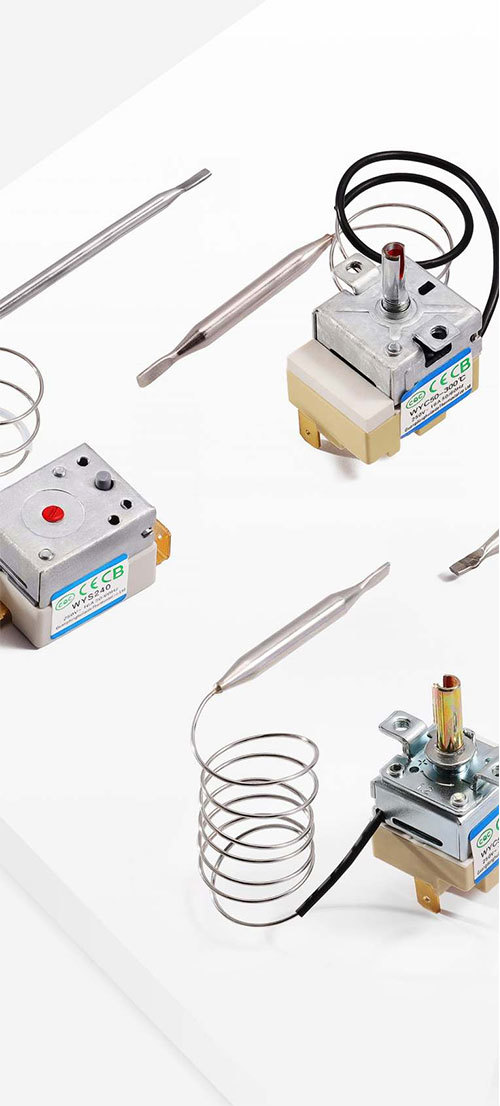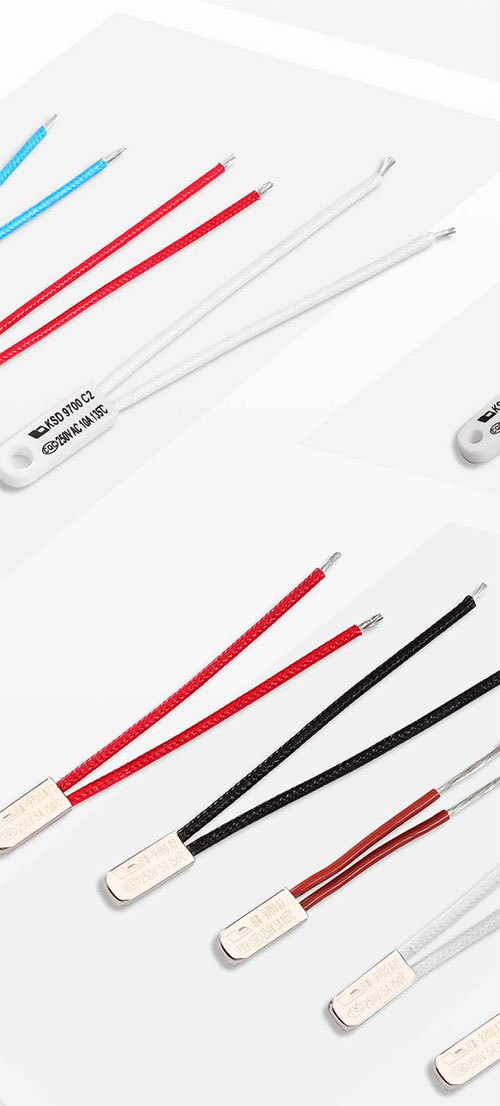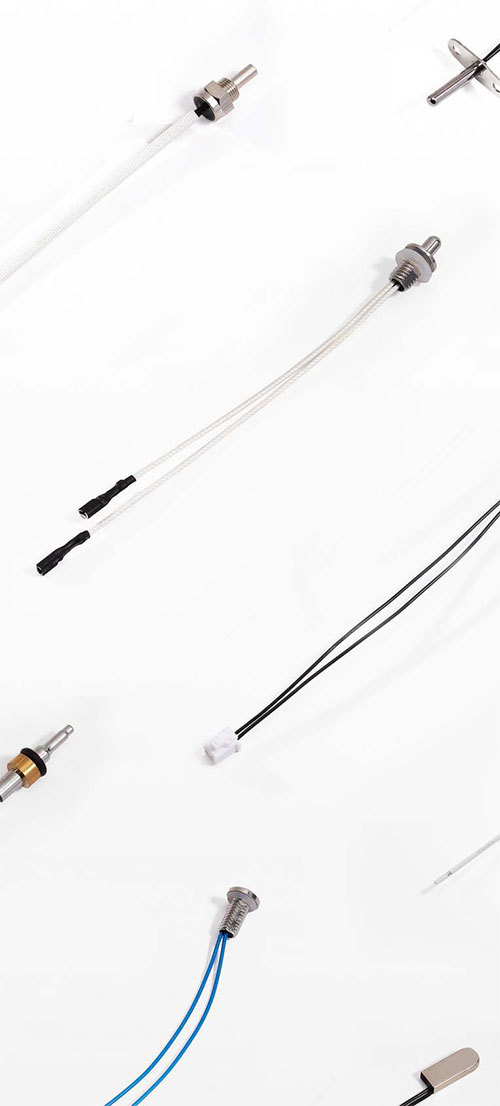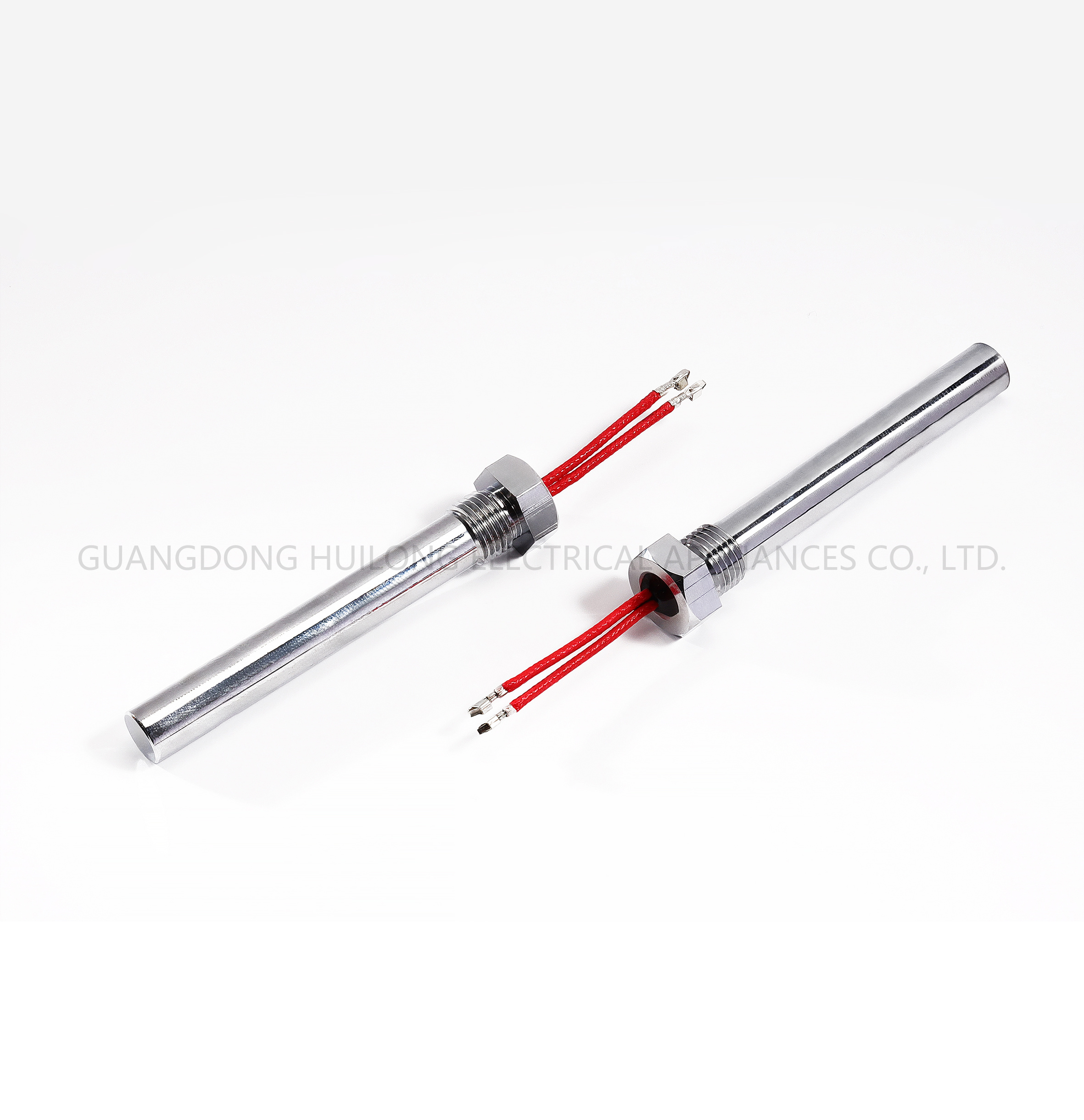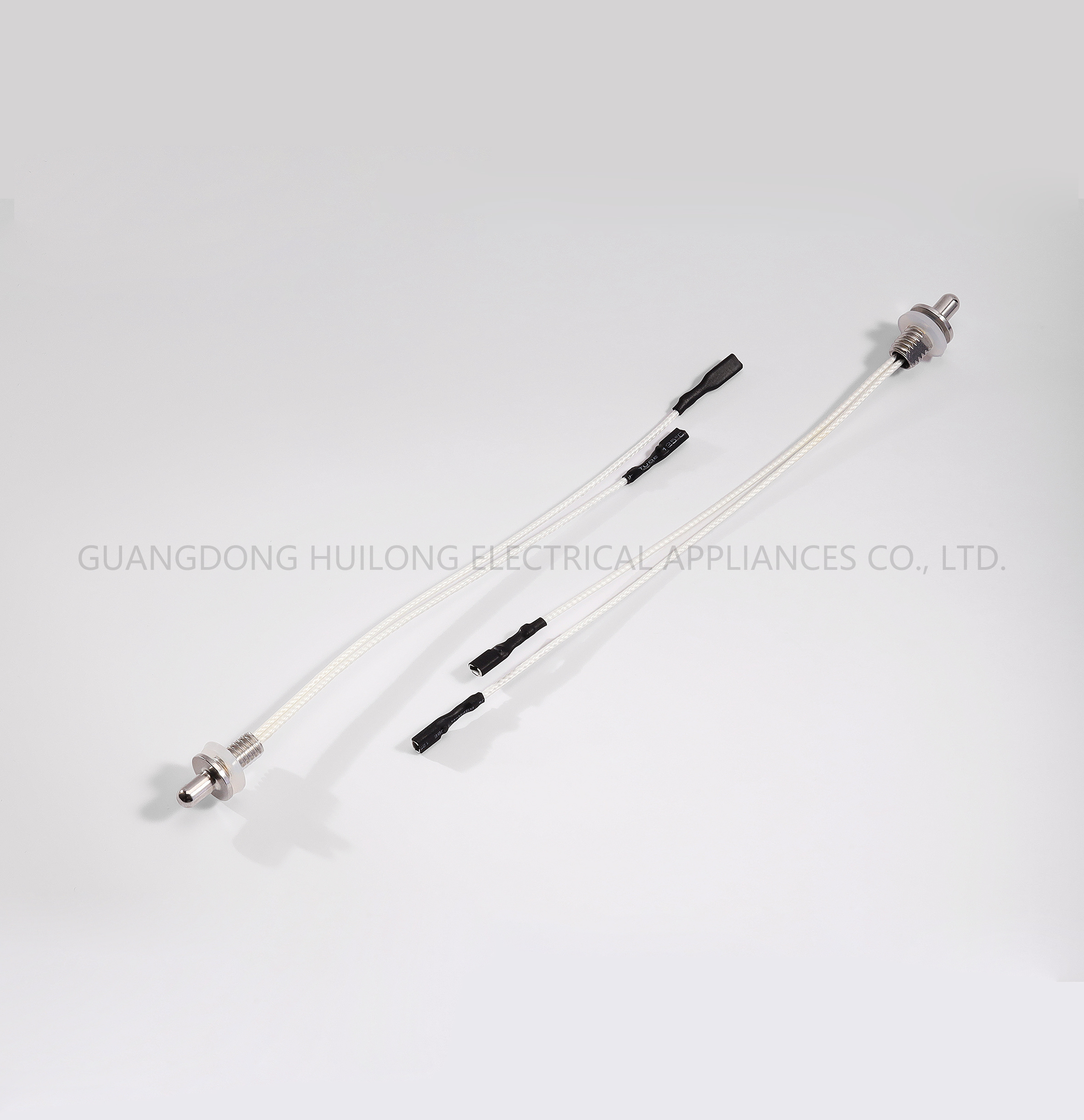Maximizing Energy Efficiency: The Critical Role of Temperature Controllers with Sensors
Classification: knowledge
Time:2025-10-22
Maximizing Energy Efficiency: The Critical Role of Temperature Controllers with Sensors
Table of Contents
- 1. Introduction to Energy Efficiency in Buildings
- 2. What Are Temperature Controllers?
- 3. The Importance of Sensors in Temperature Control
- 3.1 Different Types of Sensors and Their Applications
- 3.2 Benefits of Using Sensors in Temperature Controllers
- 4. Impact of Temperature Controllers on Energy Efficiency
- 4.1 Cost Savings Through Enhanced Energy Management
- 4.2 Environmental Benefits of Improved Energy Efficiency
- 5. Implementation Strategies for Temperature Controllers
- 5.1 Best Practices for Selecting Temperature Controllers
- 5.2 Integrating Sensors into Existing Systems
- 6. Future Trends in Temperature Control Technology
- 7. FAQs about Temperature Controllers and Energy Efficiency
- 8. Conclusion
1. Introduction to Energy Efficiency in Buildings
In today's world, where energy conservation has become a paramount concern, maximizing energy efficiency in buildings is essential. Energy efficiency not only contributes to reducing utility bills but also plays a significant role in minimizing the environmental footprint of our homes and workplaces. Temperature controllers equipped with sensors stand at the forefront of this energy efficiency revolution, offering a smart solution to manage heating and cooling systems effectively.
This article will take you through the intricacies of how temperature controllers with sensors can help in achieving optimal energy efficiency, thus contributing to a sustainable future.
2. What Are Temperature Controllers?
Temperature controllers are devices that automatically regulate the temperature of a system, ensuring that it operates within a specific range. They are integral to HVAC (heating, ventilation, and air conditioning) systems, maintaining comfort levels while optimizing energy use.
2.1 Types of Temperature Controllers
There are several types of temperature controllers available, each designed for specific applications:
- **Thermostats**: The most common type, used primarily in residential and commercial HVAC systems, to control the temperature based on a pre-set value.
- **PID Controllers**: These provide precise temperature control by continuously calculating an error value and adjusting the control outputs accordingly.
- **Smart Controllers**: Leveraging IoT (Internet of Things) technology, these controllers allow for remote monitoring and control via smartphones or computers, adapting to user habits to optimize performance.
2.2 How Temperature Controllers Work
Temperature controllers function by receiving data from sensors that detect the current temperature of the environment or a specific target. Based on this data, the controller activates or deactivates heating or cooling systems to maintain the desired temperature. This process minimizes energy waste, as the systems only operate when necessary.
3. The Importance of Sensors in Temperature Control
Sensors play a pivotal role in the functionality of temperature controllers. They provide real-time data that enables precise temperature regulation and energy management.
3.1 Different Types of Sensors and Their Applications
Various types of sensors are used in conjunction with temperature controllers, including:
- **Thermocouples**: Ideal for high-temperature applications, these sensors measure temperature through the voltage difference between two different metals.
- **RTDs (Resistance Temperature Detectors)**: Known for their accuracy, RTDs use the change in resistance of a metal to measure temperature.
- **Infrared Sensors**: Useful for non-contact temperature measurements, these sensors detect thermal radiation emitted by objects.
3.2 Benefits of Using Sensors in Temperature Controllers
The integration of sensors in temperature controllers provides several advantages:
- **Enhanced Accuracy**: Sensors offer precise temperature readings, enabling better control of heating and cooling systems.
- **Real-Time Monitoring**: Continuous monitoring helps in identifying temperature fluctuations promptly, allowing for immediate adjustments.
- **Energy Savings**: By optimizing system operation based on accurate data, sensors help reduce unnecessary energy consumption.
4. Impact of Temperature Controllers on Energy Efficiency
Temperature controllers with sensors significantly impact energy efficiency in various ways.
4.1 Cost Savings Through Enhanced Energy Management
By ensuring that heating and cooling systems operate only when necessary, temperature controllers can lead to substantial cost savings. Homeowners and businesses alike benefit from reduced energy bills, allowing for reinvestment in other areas.
4.2 Environmental Benefits of Improved Energy Efficiency
Improving energy efficiency through effective temperature control not only saves money but also contributes to environmental sustainability. Reduced energy consumption translates to lower greenhouse gas emissions, helping to combat climate change and promote a healthier planet.
5. Implementation Strategies for Temperature Controllers
Successfully integrating temperature controllers into existing systems requires strategic planning.
5.1 Best Practices for Selecting Temperature Controllers
To maximize the benefits of temperature controllers, consider the following best practices:
- **Assess Your Needs**: Determine the specific requirements of your space, including size, insulation, and occupancy patterns.
- **Choose the Right Type**: Select a temperature controller that fits your system and offers the features you need, such as programmability or remote control.
- **Consult Professionals**: Work with HVAC professionals to ensure proper installation and integration into your existing system.
5.2 Integrating Sensors into Existing Systems
When integrating sensors into existing heating and cooling systems, follow these guidelines:
- **Identify Sensor Locations**: Place sensors in areas where they can accurately measure temperature without obstruction.
- **Ensure Compatibility**: Verify that the sensors are compatible with your temperature controller to ensure seamless operation.
- **Regular Maintenance**: Schedule routine checks to ensure sensors are functioning correctly and providing accurate readings.
6. Future Trends in Temperature Control Technology
As technology continues to evolve, the future of temperature control looks promising. Some trends to watch include:
- **Increased Use of AI**: Artificial intelligence will enhance the capabilities of temperature controllers, allowing them to learn user preferences and adapt accordingly.
- **Integration with Smart Home Systems**: Temperature controllers will increasingly integrate with smart home ecosystems, enabling centralized control and automation.
- **Sustainability Focus**: Future temperature control systems will prioritize energy efficiency and sustainability, aligning with global energy conservation goals.
7. FAQs about Temperature Controllers and Energy Efficiency
What are the benefits of using temperature controllers?
Temperature controllers help maintain consistent temperatures, reduce energy consumption, and lower utility bills, ultimately improving comfort and sustainability.
How do sensors improve the efficiency of temperature controllers?
Sensors provide real-time data, enabling precise temperature regulation and reducing unnecessary energy usage by ensuring systems only operate when needed.
Can I integrate temperature controllers into my existing HVAC system?
Yes, temperature controllers can be integrated into most existing HVAC systems, provided the right type of controller and sensors are selected.
What types of sensors are best for temperature control?
The best sensors depend on the application, but common options include thermocouples for high temperatures, RTDs for accuracy, and infrared sensors for non-contact measurements.
How much energy can I save by using temperature controllers?
The amount of energy savings varies by system and usage patterns, but properly configured temperature controllers can reduce energy consumption by 10-30% or more.
8. Conclusion
Temperature controllers with sensors play a vital role in maximizing energy efficiency in buildings. By ensuring accurate temperature regulation and real-time monitoring, these devices not only enhance comfort but also lead to significant cost savings and environmental benefits. As technology advances, the integration of smarter, more efficient temperature control systems will empower us to create sustainable living and working spaces. To fully realize these benefits, it is crucial to select the right controllers and implement them effectively within existing systems. Embracing these innovations will contribute to a greener future while optimizing our energy resources.
Keyword: Maximizing Energy Efficiency: The Critical Role of Temperature Controllers with Sensors
RELATED INFORMATION
Maximizing Energy Efficiency: The Critical Role of Temperature Controllers with Sensors
Maximizing Energy Efficiency: The Critical Role of Temperature Controllers with Sensors Table of Contents 1. Introduction to Energy Efficiency in Buildings 2. What Are Temperature Controllers? 2.1 Types of Temperature Controllers 2.2 How Temperature Controllers Work 3. The Importance of Sensors in Temperature Control 3.1 D
2025/10/22
Temperature controllers with sensors play a pivotal role in modern building management systems, particularly in the construction and decorative materials sector. These devices are designed to monitor and regulate the temperature within a specific environment, ensuring optimal conditions for both occupants and materials. By integrating advanced sensor technology, these controllers provide precise t
2025/10/15


